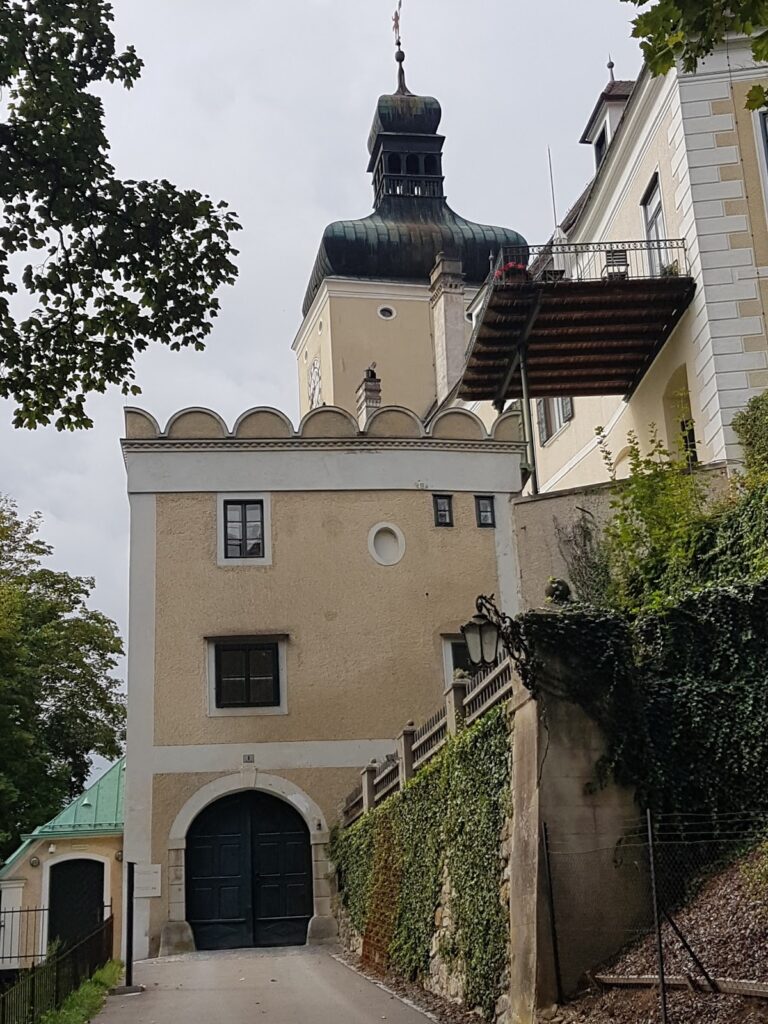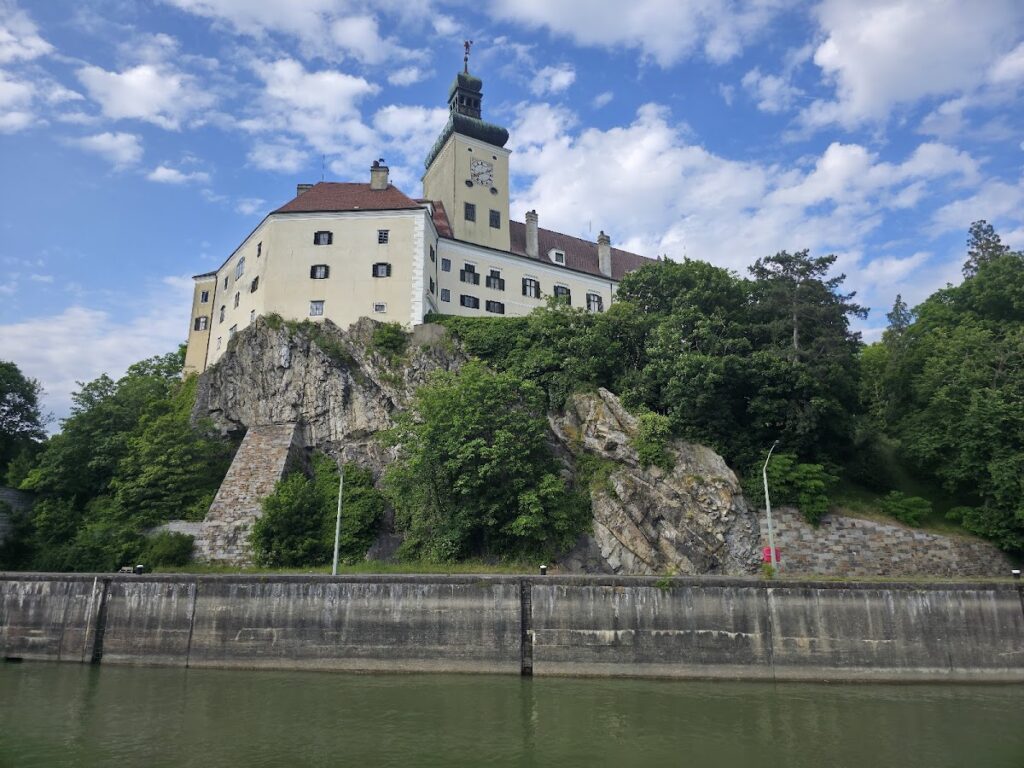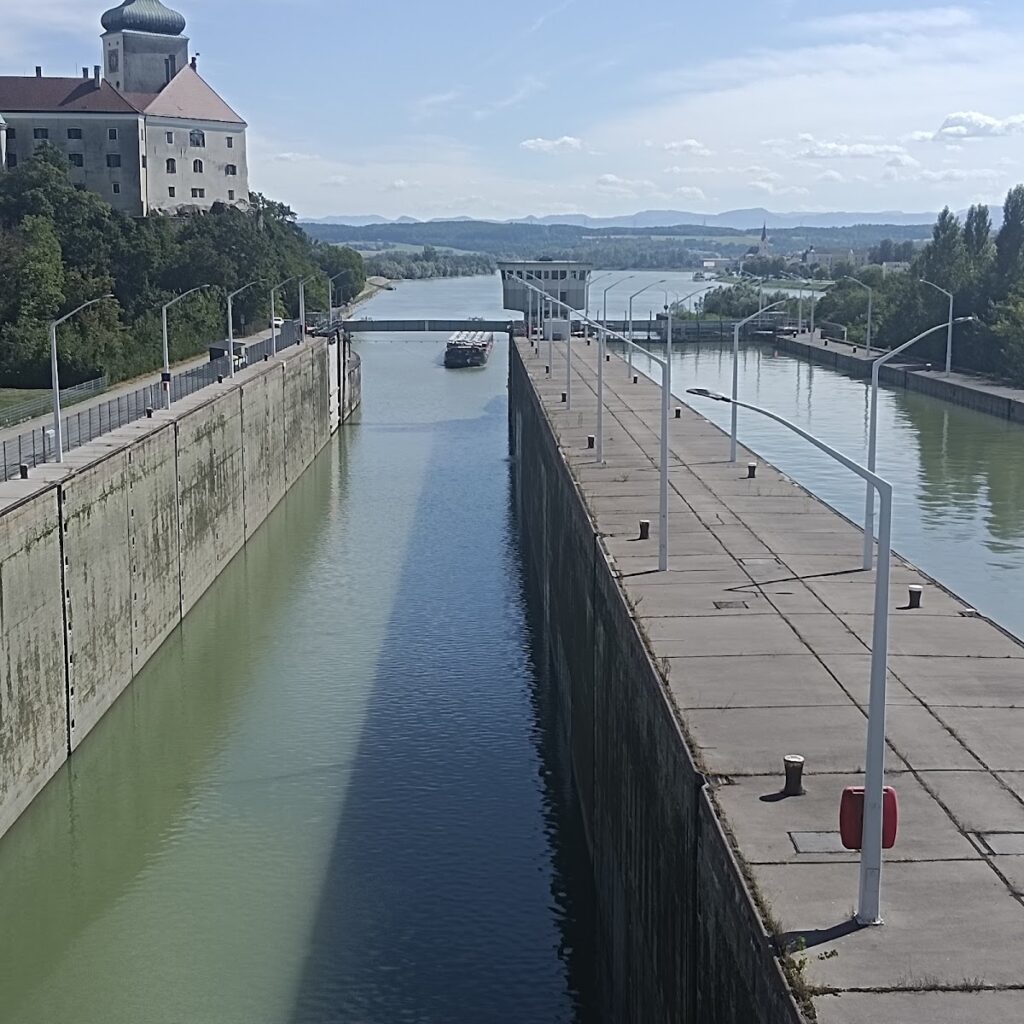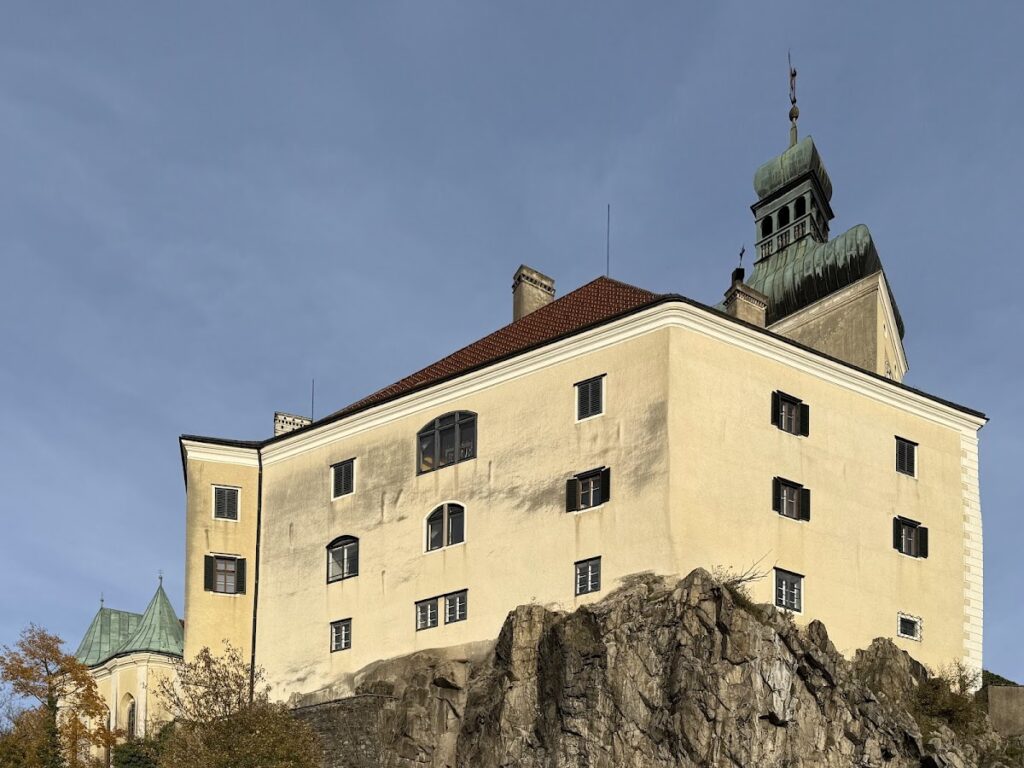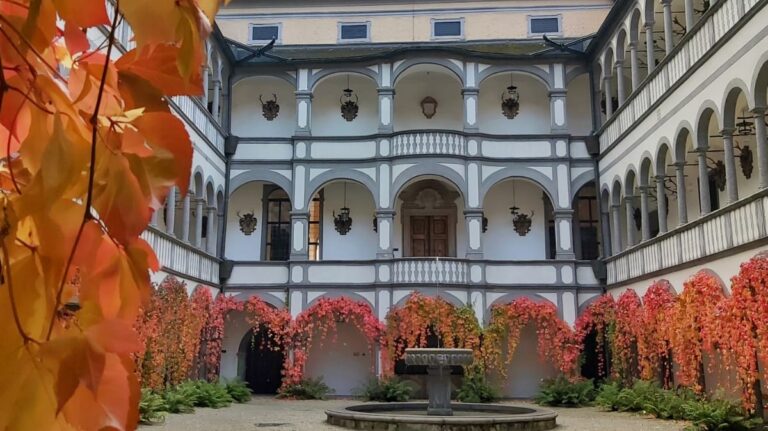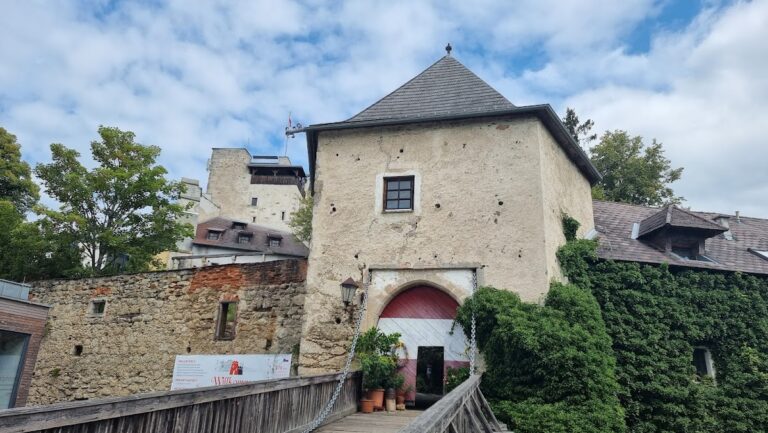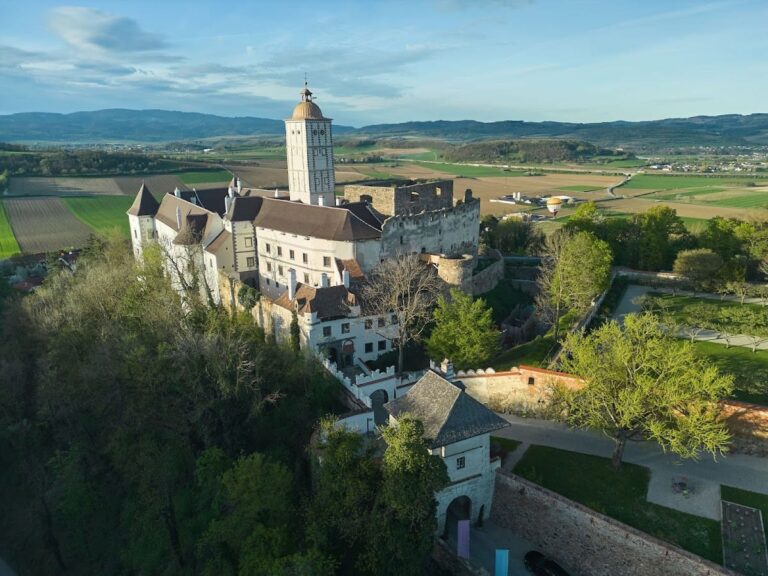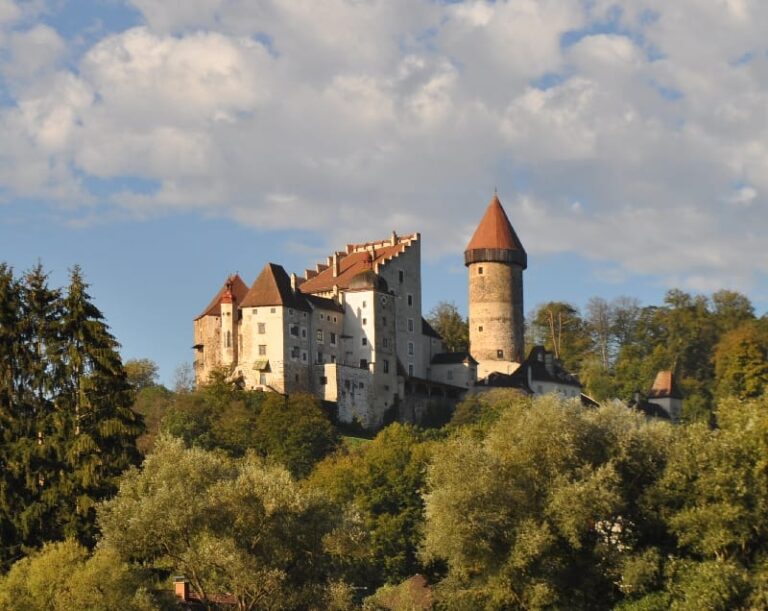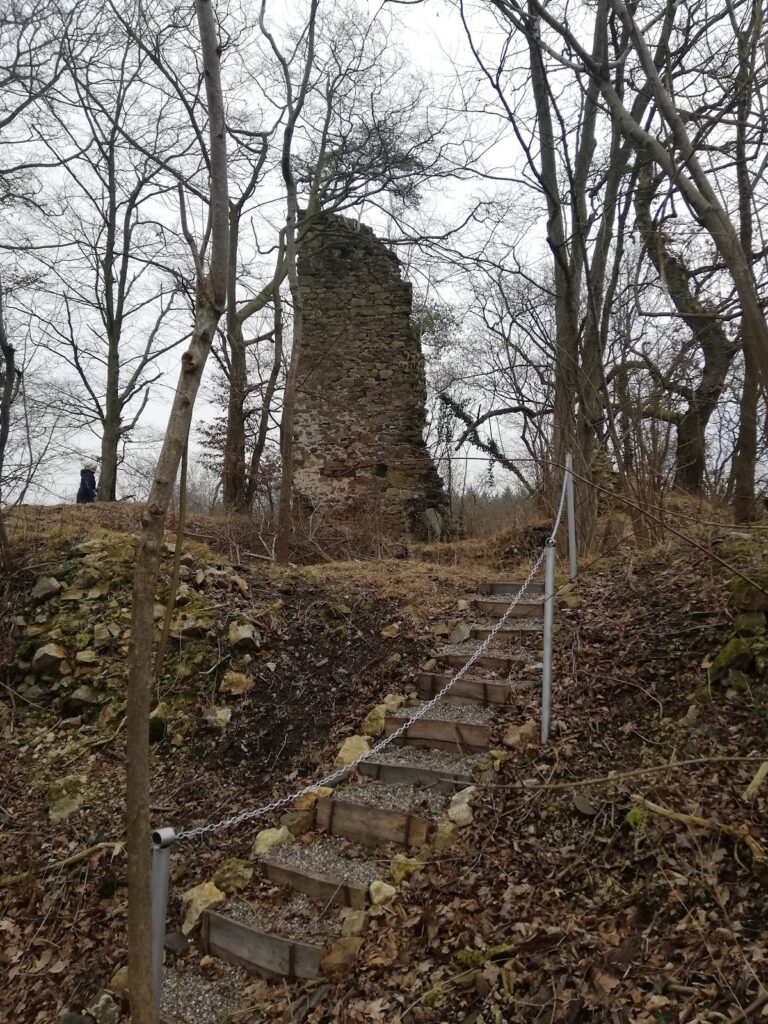Persenbeug Castle: A Historic Noble Residence in Austria
Visitor Information
Google Rating: 4.4
Popularity: Low
Official Website: www.persenbeug.at
Country: Austria
Civilization: Unclassified
Site type: Military
Remains: Castle
History
Persenbeug Castle is located in the municipality of Persenbeug in present-day Austria. The site was originally established by Bavarian nobility in the early Middle Ages, serving as a fortified position on a strategic hill overlooking the Danube River.
The earliest documented phase of the site dates back to the year 907, when Sieghart, Count of Sempt and Ebersberg, took possession of a place referred to at the time as “Bösenberg.” He fortified the location, transforming it into a defensive stronghold. This period marks the foundation of the seminary lineage tied to the castle, which lasted until 1045. That year the Sempt-Ebersberg family line ended with the death of Adalbero II. A significant event occurred on 27 May 1045 during an inheritance settlement held within the castle’s knights’ hall, attended by King Henry III. During the gathering, the hall’s floor collapsed under the crowd’s weight, resulting in several deaths including Bishop Bruno of Würzburg, Abbot Altmann of Ebersberg, and Richlind, widow of Adalbero II. King Henry III himself was present but escaped with minor injuries.
Following these early years, Persenbeug Castle passed through multiple owners over several centuries. It remained under the possession of the Habsburg dynasty until 1593. At that time, the noble Hoyos family acquired the property and undertook extensive remodeling, shaping the castle into the form it retains today.
In the early 19th century, ownership changed once more when Emperor Francis I of Austria purchased the castle and its surrounding estate on 3 December 1800. Around this same period, he also acquired the nearby Gutenbrunn estate, which became part of his private holdings. These properties later belonged to Emperor Franz Joseph I, who in 1916 bestowed them as a gift upon his daughter Marie Valerie.
Persenbeug Castle also holds a connection to Austria’s last emperor. Charles I was born within its walls on 17 August 1887. Today, the castle and its lands, encompassing roughly 13,700 hectares of mainly forested terrain, remain under the stewardship of descendants of the Habsburg-Lorraine and Waldburg-Zeil families.
Remains
The core of Persenbeug Castle sits on a hill historically known as “Bösenberg,” providing natural elevation above the river. Initially fortified in the 10th century, the site consists of a medieval stronghold adapted over time. Following its acquisition by the Hoyos family in the late 16th century, major architectural modifications were implemented that gave the castle its present appearance. These renovations reflect the transformation from a purely defensive fortress to a noble residence.
The construction predominantly features traditional materials suited to the region and period, though specific measurements or detailed descriptions of its structural layout are not recorded. The castle is officially recognized as a protected historic monument in Lower Austria, underscoring its cultural and architectural value.
Persenbeug Castle forms part of a larger network of noble estates in the vicinity, including Schloss Rorregg and Schloss Gutenbrunn. This spatial relationship highlights the interconnected nature of aristocratic residences in the area, suggesting a regional pattern of estate management and social organization.
No archaeological discoveries, such as decorative elements, inscriptions, or artifacts, are documented in connection with the site. The castle and its grounds retain their historical character through careful preservation rather than excavation or visible remnants of the earlier medieval fortifications.
